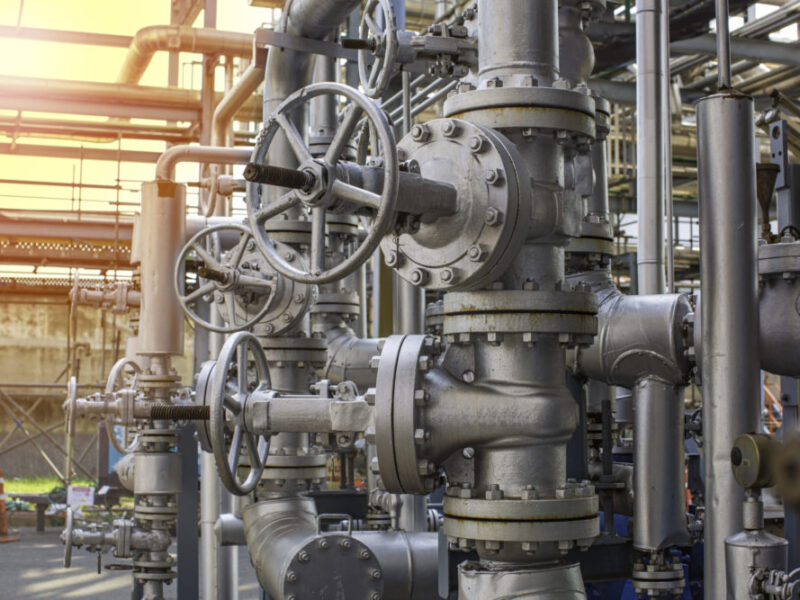
A filter or strainer removes impurities from water and other liquids, remove debris that might harm downstream equipment and aid in optimizing production efficiency.
This blog post will discuss six factors to consider when sizing and selecting a filter or strainer for your application.
Characteristics of the Material/Particle
Knowing the kind and size of particles to be filtered enables you to choose the appropriate micron size for the filter. Water, for example, includes inorganic material like sand, whereas pond or surface water contains more organic stuff like algae and leaves. Inorganic elements, however, will require a smaller screen to catch the sand and silt that would otherwise flow through a bigger one. One example is water. Viscous goods can also be filtered, from paper coatings to paint to honey.
Maximum Operating Flow
The flow rate determines the size of the filter required. A 2″ filter that permits 100 GPM, for example, will not function with a 150 GPM system; case, and you were running at a maximum flow of 150 GPM, you would pick a filter one size bigger.
Operating Pressure (Minimum/Maximum)
Because every filter is certified for maximum operating pressure, measuring maximum pressure when sizing and selecting a filter accurately is critical. Although minimum operating pressure is not required for all types of filters, it is vital when employing an autonomous, self-cleaning filter for your application. When the flushing mechanism of the filter is activated, a minimum working pressure must be maintained.
Pressure Drop
A decline in fluid pressure over a pipe component, such as a filter, is called a pressure drop. The liquid changes direction multiple times as it is driven past the filter material, where contaminants are eliminated. This action adds resistance to the flow of the liquid, resulting in decreased pressure when it passes through the filter. The filter medium, impurities present, flow rate, and viscosity are all elements that contribute to pressure loss.
Why should you be concerned with pressure drop? When the filter bag or strainer fills, the pressure drop increases because the filtered particles lower the surface area of the filter. When the pressure required to overcome this situation becomes too severe, the expected flow through the filter is compromised.The frequency with which the filter must be emptied is determined by the quantity of filter surface area and the loading of particles being filtered. If the pressure drop is too significant, to begin with, the filter will rapidly approach a point of no return and clog.
Operating Costs
When compared to manual filters and strainers, automatic self-cleaning filters are known to have a more significant initial investment. Consider the following cost-related parameters when deciding between automated and manual filtering or when selecting a filter medium in general:
- Labor and downtime expenses associated with filter or cartridge replacement
- The cost of physical work while cleaning a strainer or other filter material.
- Trash disposal expenses
Risk to the Operator and the Environment
Particular filtering mediums can handle very poisonous liquids, whereas others cannot. While attempting to filter the liquid, you must first assess whether or not operator and environmental exposure to the liquid is appropriate.
Choosing a filter or strainer may appear simple and uncomplicated at first look. But, when you go more into it, several factors must be examined to ensure you purchase the correct filter or strainer for the application and purpose. For example, if a filter or strainer catches too few particles, the entire system or completed product may be harmed.
If you need assistance with your next filtration project, don’t hesitate to contact us immediately! We are happy to give technical support.






